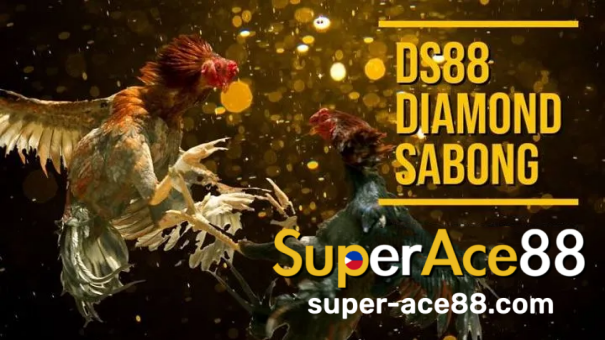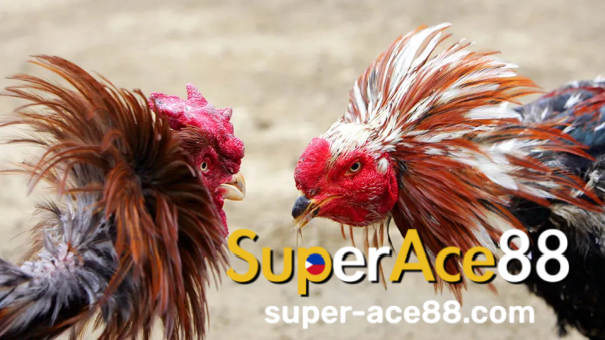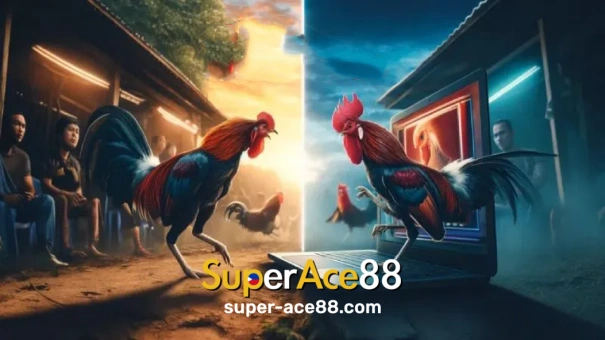Table of Contents
Sabong, known globally as cockfighting, is intertwined with the traditions and cultural heritage of various societies. Although it faces ethical controversies, its cultural significance remains undeniable. The cornerstone of Sabong success lies in choosing the right breed, as each breed possesses unique attributes that contribute to their performance in the arena.
This Sabong guide takes an in-depth look at the leading varieties, with SuperAce88 detailing their characteristics and strategic advantages.

Best Sabong Variety
Sabaog’s main unique traits
- variety
- Origin
- Main advantages
- Distinctive features
Asir
- India
- Excellent toughness, endurance and strength
- Tall, erect, with strong style impact
Kelso
- United States (Walter Kelso)
- Intelligence, agility, strength, sharp attack
- versatile warrior
Incubator (incubator)
- USA
- Super strength, powerful impact
- Different bloodlines (McLean, Gray, etc.)
Round head
- Different
- Agility, ferocity, combat readiness
- Adaptable, bloodline specific
Sweater
- USA (Sweater McGinnis)
- witty, agile, flexible
- Tall stature, adaptable fighting style
Shamo
- Japan
- Formidable size, strength, concentrated ferocity
- Upright posture, sparse neck feathers
Malay
- Southeast Asia
- The largest breed, good at aerial combat
- Extend neck and legs
Red wine
- Different
- Strength, intelligence
- Burgundy feathers, unique to the bloodline
Sabong ideal breed for success
For generations, Sabong breeders have carefully bred the ultimate feathered warrior. Iconic breeds such as Asil, Kelso, Hatch, Roundhead, Sweater, Shamo and Claret are of Sabong origin The pinnacle and the epitome of excellence, each variety has been refined over centuries for optimal performance.
Key attributes of the main Sabong varieties
Asir
- Abilities: Extraordinary endurance, tenacious fighting spirit, powerful impact, and dominant posture.
- Uniqueness: One of the oldest fighting breeds, originating from India and Pakistan, famous for its pure bloodline and relentless fighting spirit.
- Physical characteristics: Tall stature, upright posture, strong legs, hard feathers, minimal feathers on the neck and head, often wearing a pea crown.
- Behavior: Highly tenacious, high pain tolerance, dominant and fearless, known for a powerful fighting style.
Kelso
- Abilities: Balanced fighting ability, intelligence, agility, great strength, and precise cutting ability.
- Uniqueness: Kelthos’s combat strategy is superior to pure force, and he is able to skillfully adapt to a variety of opponents.
- Physical characteristics: Medium build, thick legs, fine quality feathers, colors vary depending on bloodline.
- Behavior: Intelligent, flexible and adaptable, known for precise cuts and powerful finishing blows.
Incubator (incubator)
- Abilities: Known for its devastating strength and violent strikes. Different bloodlines emphasize different fighting styles.
- Uniqueness: American breed, known for its aggressive nature. Notable bloodlines include McLean Hatch, Blueface Hatch and Gray Hatch.
- Physical Abilities: Size varies by lineage, usually with a strong frame, strong beak and stout legs for powerful attacks.
- Behavior: Extremely aggressive, unparalleled strength, ruthless warrior.
Round head
- Abilities: Known for versatility, aggression, and natural combativeness.
- Uniqueness: Has various bloodlines that significantly affect their fighting style (e.g., Lace Roundhead, Albany Roundhead), adding to their adaptability.
- Constitution: Varies by bloodline, usually with a compact body shape and the distinctive round head shape the name suggests.
- Behavior: A natural warrior with an adaptable style, fearless and determined, known for his combat readiness.
Sweater
- Abilities: Known for his agility, intelligence, and adaptability in the ring.
- Uniqueness: Named after breeder Carol Nesmith (Sweater McGinnis), who was known for blending different bloodlines to create a versatile fighter.
- Physical Qualifications: Possessing an upright posture, athletic build and good plumage. Available in many colors, sweater gray is a popular variant.
- Behavior: An agile, intelligent warrior who learns quickly and is able to adapt to different combat strategies, known for his strategic approach.
Shamo
- Ability: Large size, strong deterrent, concentrated attack and powerful attack power.
- Uniqueness: The Japanese breed is known for its unique appearance and strength-oriented fighting style.
- Physique: Tall, well built, upright posture, almost featherless neck, long legs, often wearing a walnut comb.
- Behavior: Aggressive and intimidating. Due to its large size, its movements are slow, but its attack power is strong.
Red wine
- Abilities: Known for its powerful attack power and high intelligence.
- Uniqueness: Named for their burgundy plumage, specific bloodlines and breeders greatly influence their fighting style.
- Physical characteristics: It has burgundy feathers, muscular, strong legs and beak.
- Behavior: Athletic and intelligent, known for their ability to strike strategically; fighting styles vary greatly depending on bloodline.
Key Factors in Choosing the Sabong Variety
Choosing the right breed is crucial. Breeders prioritize a sturdy build, strong legs, and sharp spurs for effective fighting. The ideal rooster displays aggression, intelligence, and is maintained in optimal physical condition through good care and diet.
Conclusion

There are many varieties of Sabong, each with unique abilities that are key to victory in this competitive sport. From the adaptable Philippine Gamecocks to the strong Samoyed Chickens, choosing the right breed and ensuring their health is crucial. This guide is designed to help experienced hobbyists and novices alike select and breed the best breeds, focusing on respect for the animals and rich cultural heritage.
Are you ready to experience the thrill of online Sabong? Visit SuperAce88 today and bet on the best in the sport. Experience a tradition spanning centuries in the comfort of your own home. SuperAce88 login and join the action!

























